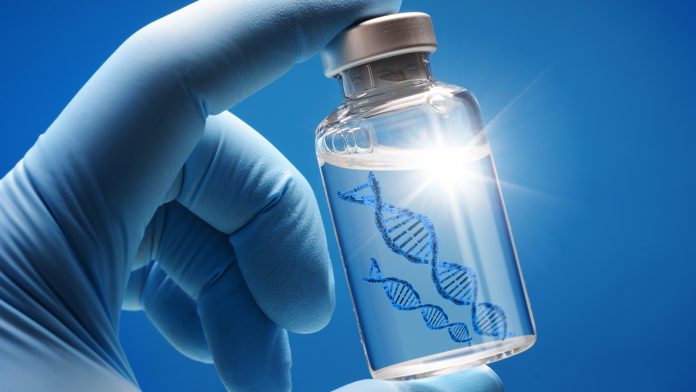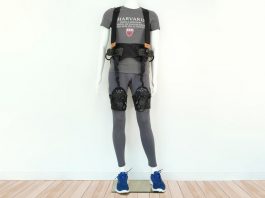A team led by UCL, King’s College London, and Moderna scientists have demonstrated the potential of mRNA technology for treating rare diseases by studying mice.
Published in Science Translational Medicine, the research found that mRNA technology could be used to treat a rare liver genetic disease known as argininosuccinic aciduria in a mouse model of the disease.
Argininosuccinic aciduria is an inherited metabolic disorder affecting how the body breaks down protein. The condition potentially leads to high levels of ammonia in the blood.
Patients affected by the disease can also experience an imbalance of glutathione regulation, important for liver detoxification. Argininosuccinic aciduria occurs in around one in 100,000 newborns.
Now, the team aims to trial the therapy in people. mRNA technology is currently being investigated in other rare inherited metabolic diseases – propionic and methylmalonic acidaemias.
Co-lead Principal Investigator, Dr Julien Baruteau (UCL Great Ormond Street Institute of Child Health), said: “Messenger RNA has revolutionised the field of vaccines during the COVID-19 pandemic. We believe it can now do the same for rare diseases.”
How to treat rare diseases
Usually, rare diseases result from errors in the patient’s DNA, affecting around 300 million people globally.
However, less than 5% of these conditions have approved therapies. Most of the treatments use gene therapy to switch out the faulty gene, replacing it with a normal functioning one to alleviate symptoms of the disease.
Gene therapy has previously employed modified viruses to bring therapeutic genes to the disease cells. However, it has been found that viral systems can cause severe adverse effects like reactions from the patient’s own immune system. This prevents widespread usage.
Therefore, mRNA technology has been explored by the team as an alternative solution.
How mRNA technology can be used to treat rare diseases
mRNA is a molecule that contains instructions that direct the cells to make proteins. The scientists protected the mRNA in a microdroplet of lipids to inject the mice with the therapy and target their liver cells.
The therapy was tested on 31 mice both from birth and at a late stage of the disease as a rescue therapy in older mice that had argininosuccinic aciduria. An equal number of untreated mice were also used as a control group.
The benefit of each mRNA treatment only lasted around seven days for the mice, so the procedure was performed weekly over the course of up to eight weeks. The researchers believe that translation to humans will allow for longer gaps between treatments.
Tracking the success of the treatment
The mice were given PET scans over the course of the trial as a non-invasive way to track the correction of glutathione regulation and the success of the treatment.
The team discovered that mRNA technology corrected the lethal consequences of the disease. All mice with the disease at birth left untreated died within the first two weeks of life, while the mice that received the mRNA technology at birth survived for over three months.
As well as this, six out of seven mice who received the treatment as rescue therapy survived. All those that were left untreated died.
The team also found that mRNA-treated organs were very similar to those in the unaffected, control mice.
Dr Baruteau said: “We have shown that mRNA holds an unprecedented therapeutic potential for incurable genetic diseases, in particular liver conditions. We aim to apply this approach to other inherited liver diseases and translate mRNA therapy to patients, especially in children.”
Dr Tim Witney, Co-lead PI (School of Biomedical Engineering & Imaging Sciences, King’s College London), added: “This is a great example of collaborative science across multiple areas of expertise, which has yielded remarkable results. By understanding what goes wrong in this disease, we can not only correct the error, but follow this correction in real-time using imaging. We are looking forward to bringing these advances to patients in the near future.”









